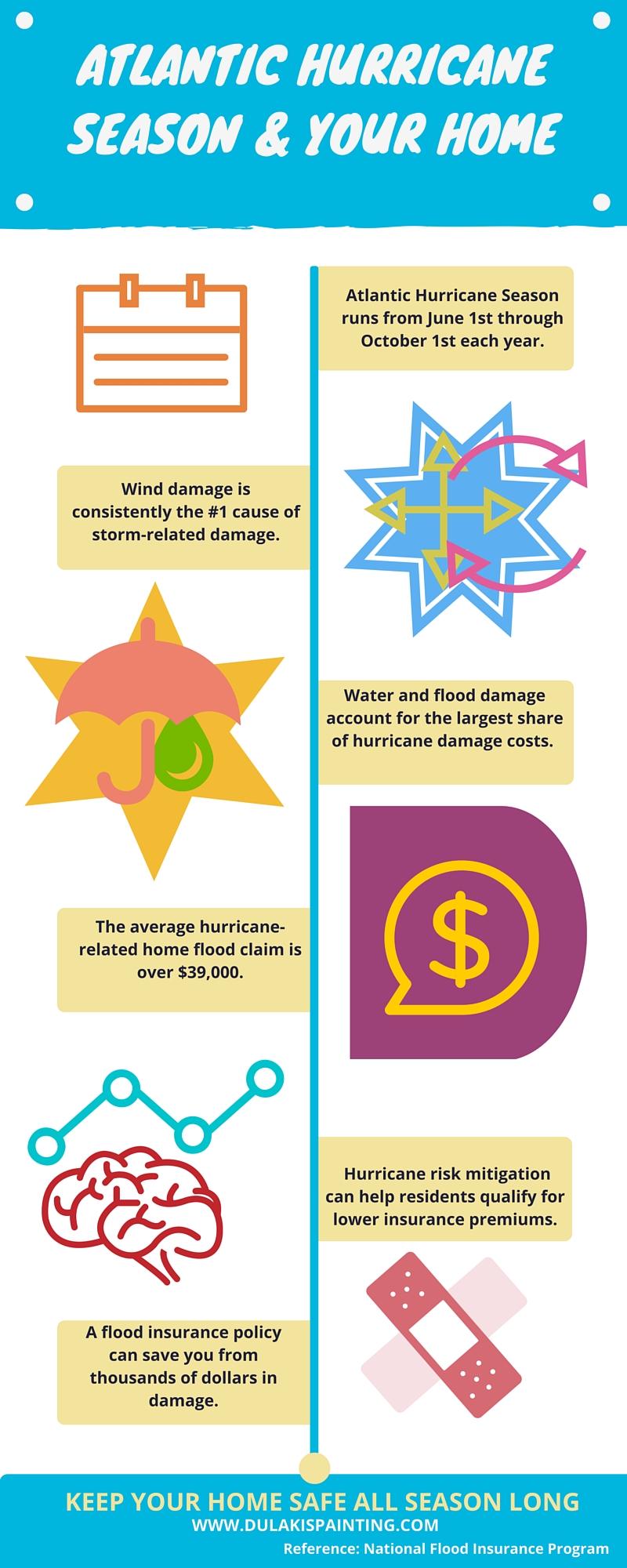Variables To Think About For Industrial Exterior Painting By Season: Vital Info You Need To Have
Variables To Think About For Industrial Exterior Painting By Season: Vital Info You Need To Have
Blog Article
Web Content Create By-Carlson Skafte
When you're planning an industrial outside painting project, seasonal aspects can make or break your results. You'll want to think about exactly how temperature and humidity influence paint application and drying out times. Choosing faux wood garage door painting can ensure your paint adheres effectively and lasts longer. However which seasons are truly the very best for this kind of job? Let's explore https://www.bobvila.com/slideshow/the-13-painting-mistakes-almost-everyone-makes-48420 that can affect your job's success.
The Influence of Temperature on Paint Application
When you're planning an industrial exterior painting project, the temperature can significantly influence just how well the paint sticks and dries.
Preferably, you want to repaint when temperature levels range in between 50 ° F and 85 ° F. If it's too chilly, the paint may not cure appropriately, causing concerns like peeling off or splitting.
On the other hand, if it's as well hot, the paint can dry out too quickly, avoiding correct adhesion and leading to an irregular finish.
You should additionally think about the time of day; morning or late afternoon provides cooler temperatures, which can be more favorable.
Constantly examine the supplier's suggestions for the details paint you're utilizing, as they usually provide assistance on the optimal temperature level array for ideal results.
Humidity and Its Effect on Drying Times
Temperature level isn't the only ecological variable that affects your business exterior painting task; humidity plays a significant function also. High humidity degrees can decrease drying times significantly, affecting the total high quality of your paint task.
When the air is filled with dampness, the paint takes longer to cure, which can cause problems like poor adhesion and a higher threat of mildew development. If you're painting on a particularly humid day, be planned for extensive wait times in between layers.
It's vital to keep track of regional weather conditions and plan appropriately. Ideally, aim for moisture degrees in between 40% and 70% for ideal drying.
Maintaining these factors in mind guarantees your project stays on track and delivers a long lasting finish.
Best Seasons for Commercial Outside Paint Projects
What's the most effective season for your commercial exterior painting jobs?
Springtime and very early fall are typically your best bets. During these seasons, temperatures are mild, and humidity levels are usually reduced, developing ideal conditions for paint application and drying out.
Prevent summer season's intense heat, which can create paint to completely dry also promptly, leading to bad adhesion and coating. In a similar way, winter months's cool temperatures can hinder appropriate drying out and curing, taking the chance of the long life of your paint task.
Go for days with temperatures between 50 ° F and 85 ° F for optimal results. Bear in mind to examine the local weather report for rain, as damp conditions can destroy your job.
Preparation around these elements guarantees your painting project runs efficiently and lasts much longer.
Final thought
To conclude, intending your commercial exterior paint jobs around seasonal factors to consider can make a substantial distinction in the end result. By scheduling work during the perfect temperature levels and humidity levels, you'll make sure much better adhesion and drying times. Bear in mind to keep an eye on local weather prediction and choose the right time of year-- spring and very early loss are your best options. Taking these actions will help you achieve a durable and specialist surface that lasts.
